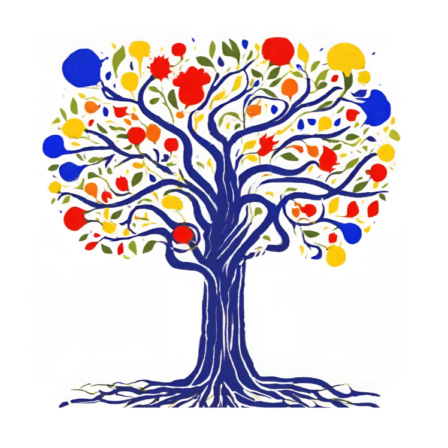If we are called to speak the truth in love, then we are also invited to seek the truth in love. Thus it is with a hopeful orientation toward a picture of unity in diversity, into a horizon that manifests the talents of each one, for the prosperity of all, that curiosity also beckons toward the roots of present realities and future outcomes.
Journalistically, we ask questions as a manner of gathering facts, sorting information, and critically connecting dots. Not to be confused with an interrogation to render what is false, rather it is a pursuit of truth to reveal that which is righteously ordered, divinely instructed, and purposefully aligned. Exploration begets expression; we are thus compelled to share what is discovered so that information awakens, empowers, invites in new voices, and inspires different questions.
So, to begin, an inquiry: What is the “education marketplace?” Can environments for educating hearts and minds be effectively governed by principles of capitalism? Does consumer behavior lead to quality schools?
What is the “education marketplace?”

The opportunity for families to decide the space and place for children’s education, first realized in the 1950s, as the country worked to undo the harm of segregation, and later becoming more popular in the 1990s and 2000s, exists as a means to address economic, social, or cultural factors that inhibit access to inclusive education. In theory, school choice enables young people to learn, belong, and experience positive outcomes in the classroom, yet the execution of choice has widened K-12 education from a pathway of public good into a service industry. For example, in Adam Smith’s definition of the free market economy, goods and services are produced at the quantities neighbors need, at the price they are willing to pay (Buchholz, 2007). Hence, an education marketplace has emerged offering choices, such as charter schools, private schools, vouchers, and open enrollment. Neighbors and families now act as consumers looking for the best service solution.
Can environments for educating hearts and minds be effectively governed by principles of capitalism?
To continue Smith’s line of reasoning, market competition is inevitable: “It is not from the benevolence of the butcher, the brewer, or the baker, that we expect our dinner, but from their regard to their own interest,” Smith writes in “An Inquiry into the Nature and Causes of the Wealth of Nations.” So, in any marketplace, there will be temptation and pressure to gain advantage, and thus glorify that which can be quantified, such as profit, or in the educational environment, other metrics such as test scores, graduation rates, and enrollment statistics. To stand out, as a means and end of choice, schools cannot disassociate from the measurement of market-driven reforms, and the privately-run, publicly-funded model especially feeds practices and strategies that selectively include and problematically shape demographics such that quantifiable results and vanity metrics can be advertised in the appeal for consumers (Waitoller et al., 2022).
Does consumer behavior lead to quality schools?

Data demands context. When only quantitative measures are centered, voices are silenced, and narratives remain unknown because the story is controlled by legacy and the narrow normative expectation of what it means to be a student (Waitoller et al., 2022). In the act of making school choice, the assumption is that parents, families, and caregivers are informed, empowered decision-makers (Waitoller et al., 2022). Factors like history, geography, safety, physical place, and its assigned meanings are important; yet in a marketplace full of metrics and a dearth of quality-of-life discussions and/or accountability, humanity is traded for hubris, and decisions are made at the intersection of parenting and panicking, at the crossroads of pathology, power, and profit (Morrison, 1995).
So, what began with inquiry leads to more questions, this from Toni Morrison: “What happens … when citizens are only taxpayers … when neighbors are degraded to mere consumers … when creativity is censured?” In fact, Morrison warns against systems of power that isolate and perpetuate environments of silence, fear, and denial; hence “when the marketing of life is complete,” she writes, “we will find ourselves living in a consortium of industries.”
Is that what we witness in our schools and classrooms – sacred spaces denigrated to dens of buyer behavior? And if so, who will confront the moneychangers, who will overturn the tables, or, at the very least, turn the tables and re-distribute power?
Because the context of present reality is that allowing the environment to define the student has led us exactly here.
What will happen if the learner defines the environment?
Is that a true school choice?
References
Buchholz, T.G. (2007). New ideas from dead economists: An introduction to modern economic thought. Penguin Group.
Morrison, T. (1995, May 29). Racism and fascism. The Nation.
Morrison, T. (1995, March 3). The first solution. [Charter Day speech]. Howard University, Washington DC, United States.
Waitoller, F., Beasely, L., West, T., & Randle, S. (2022). Can research help to deliver the promises of inclusive education? The case of students with disabilities in the education marketplace. Frontiers in Education, 7:95787.




